The Toyota 4Runner: A History Of Versatility And Space
The Toyota 4Runner: A History of Versatility and Space
Related Articles: The Toyota 4Runner: A History of Versatility and Space
Introduction
In this auspicious occasion, we are delighted to delve into the intriguing topic related to The Toyota 4Runner: A History of Versatility and Space. Let’s weave interesting information and offer fresh perspectives to the readers.
Table of Content
The Toyota 4Runner: A History of Versatility and Space
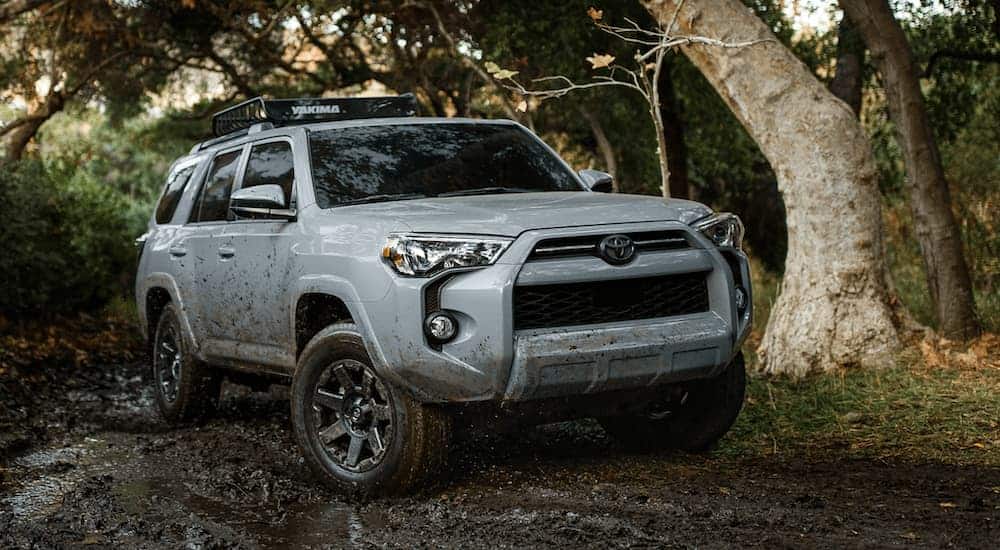
The Toyota 4Runner, a stalwart in the SUV segment, has carved a niche for itself through its blend of rugged off-road capability and practical everyday usability. Over its long history, the 4Runner has evolved, adapting to changing consumer demands and market trends. While the 4Runner has consistently offered a spacious and comfortable interior, the addition of a third row of seating has been a notable feature in some generations, significantly enhancing the vehicle’s passenger capacity and versatility.
Tracing the Evolution of the 4Runner: From Two Rows to Three
The 4Runner’s lineage traces back to 1984, initially based on the Toyota Hilux pickup truck. The first three generations of the 4Runner, spanning from 1984 to 1995, were primarily designed as two-row SUVs, offering seating for five passengers. This configuration provided ample space for passengers and cargo, making it suitable for families and adventurous individuals alike.
However, the late 1990s saw a growing demand for larger SUVs capable of accommodating more passengers. Recognizing this shift in consumer preferences, Toyota introduced the fourth generation 4Runner in 1996, featuring a unique and significant upgrade: the option of a third row of seats. This groundbreaking addition transformed the 4Runner, increasing its passenger capacity to seven and further expanding its versatility. The third row, while compact, offered a practical solution for transporting additional passengers, making the 4Runner an even more attractive option for growing families and individuals with frequent need for extra seating.
The 4Runner’s Third Row: A Game-Changer
The introduction of the third row in the 1996 4Runner marked a turning point in the vehicle’s evolution. It expanded the 4Runner’s appeal beyond its traditional role as a rugged off-roader, making it a viable option for families seeking a spacious and capable vehicle. This expanded capacity opened up new possibilities for the 4Runner, allowing it to compete with other mid-size SUVs that offered similar features.
The third row in the 1996 to 2002 4Runner was not without its limitations. Due to the vehicle’s overall dimensions, the third row was primarily intended for children or smaller adults, and its fold-down mechanism required some manual effort. However, the inclusion of a third row solidified the 4Runner’s position as a versatile and practical SUV, capable of accommodating a wider range of passenger needs.
The 4Runner’s Continued Evolution: Third Row as an Optional Feature
While the 4Runner’s third row proved to be a popular feature, Toyota recognized that not all buyers required the added seating capacity. Therefore, subsequent generations of the 4Runner, from the 2003 to the present, have offered the third row as an optional feature. This decision allowed Toyota to cater to a broader range of customer preferences, providing buyers with the flexibility to choose the configuration that best suited their needs.
The optional third row in the 2003 to present 4Runner models has undergone significant improvements. The seating arrangement has been refined, offering a more comfortable experience for passengers. The third row also boasts enhanced fold-down mechanisms, making it easier to access and utilize the additional seating space.
The Benefits of a Third Row in the 4Runner
The presence of a third row in the 4Runner offers a range of benefits, enhancing its practicality and versatility:
- Increased Passenger Capacity: The third row expands the 4Runner’s seating capacity to seven, making it ideal for families with multiple children or individuals frequently transporting additional passengers.
- Enhanced Versatility: The third row transforms the 4Runner into a multi-purpose vehicle, capable of accommodating various needs, from family outings to weekend getaways.
- Improved Cargo Space: While the third row is in use, the cargo area is reduced. However, when folded down, it provides ample space for luggage, camping gear, or other cargo.
- Enhanced Resale Value: The presence of a third row often contributes to a higher resale value, as it appeals to a broader range of buyers.
FAQ: The 4Runner’s Third Row
Q: Which year 4Runners have a third row?
A: The Toyota 4Runner has offered a third row of seats in the following generations:
- Fourth Generation (1996-2002): The third row was standard in this generation.
- Fifth Generation (2003-2009): The third row was available as an optional feature.
- Sixth Generation (2010-2021): The third row was available as an optional feature.
- Seventh Generation (2022-present): The third row is available as an optional feature.
Q: What are the differences between the 4Runner models with and without a third row?
A: The primary difference between 4Runner models with and without a third row lies in the seating capacity and cargo space. Models with a third row can accommodate seven passengers, while models without a third row are limited to five. The cargo space is also affected, with models without a third row offering a larger cargo area.
Q: Is the third row in the 4Runner comfortable?
A: The comfort of the third row in the 4Runner varies depending on the model year and the size of the passengers. While the third row has been improved over the years, it is still primarily intended for children or smaller adults.
Q: How easy is it to access the third row in the 4Runner?
A: Accessing the third row in the 4Runner involves folding down the second row seats. The ease of access can vary depending on the model year and the specific configuration.
Tips for Choosing a 4Runner with a Third Row
- Consider your needs: If you frequently need to transport more than five passengers, a 4Runner with a third row is a good option.
- Evaluate the third row space: Ensure that the third row offers sufficient space for your intended passengers.
- Check the cargo space: If you require significant cargo space, consider the impact of the third row on the cargo area.
- Test drive the vehicle: Sit in the third row and experience the comfort and accessibility firsthand.
Conclusion
The Toyota 4Runner, a renowned SUV known for its ruggedness and versatility, has evolved over the years to meet changing consumer demands. The addition of a third row in the 1996 model marked a significant shift, expanding the 4Runner’s appeal to a wider audience. While the third row has been offered as an optional feature in subsequent generations, it remains a valuable asset for those seeking a spacious and versatile vehicle. Whether you prioritize off-road capabilities or family-friendly features, the 4Runner’s third row offers a compelling solution for a diverse range of needs. By carefully considering your requirements and exploring the various options available, you can find the perfect 4Runner to suit your lifestyle and transportation needs.


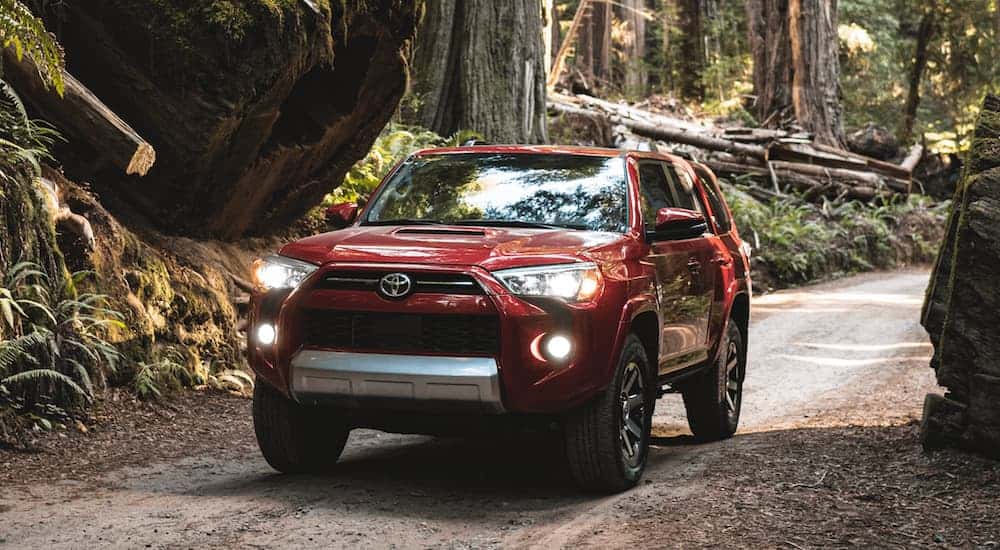
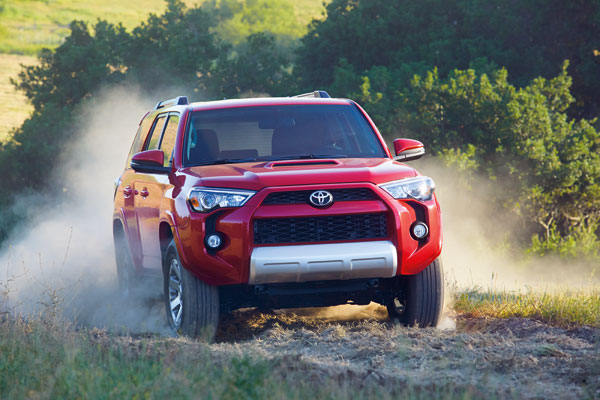


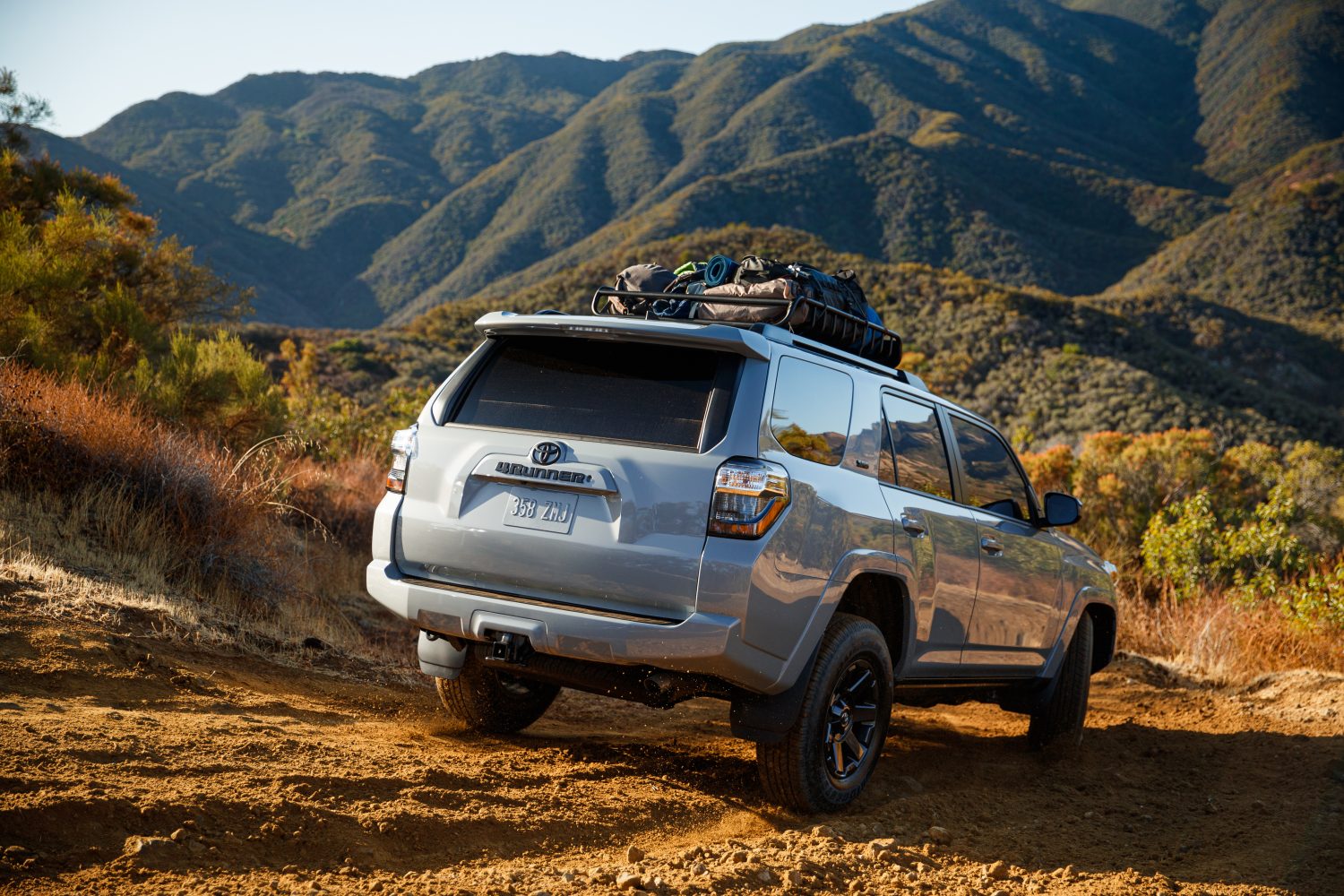
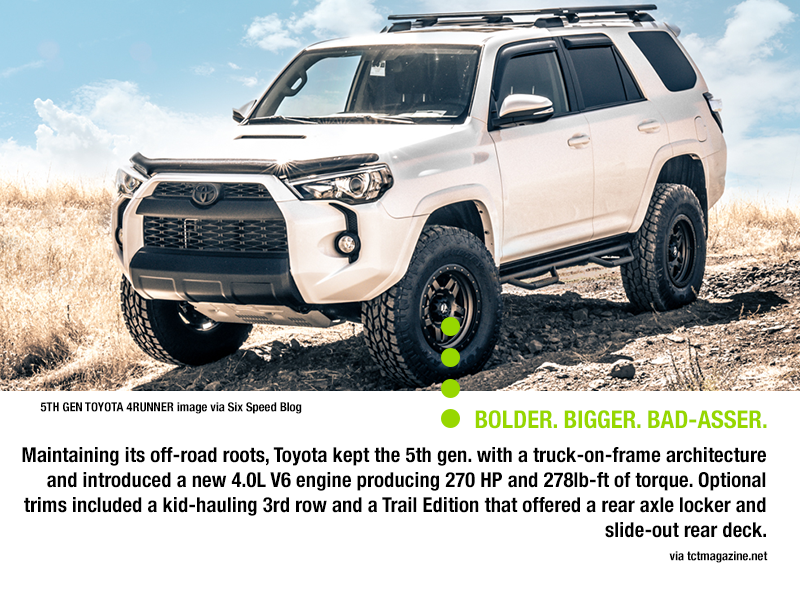
Closure
Thus, we hope this article has provided valuable insights into The Toyota 4Runner: A History of Versatility and Space. We appreciate your attention to our article. See you in our next article!
You may also like
Recent Posts
- The 2025 Toyota 4Runner: A Legacy Reimagined
- The Enduring Appeal Of The Toyota 4Runner Manual Transmission 4×4
- The Toyota 4Runner TRD Off-Road: A Legacy Of Adventure, Reimagined For 2025
- The Anticipation Builds: Unveiling The Next Generation Toyota 4Runner
- The 2025 Toyota 4Runner TRD: A Legacy Of Adventure Reimagined
- The Future Of Color: Exploring The Significance Of Color Trends
- The Toyota 4Runner: A Legacy Of Capability, Now With Expanded Seating
- The Toyota 4Runner Timing Belt: A Vital Component For Engine Longevity
Leave a Reply